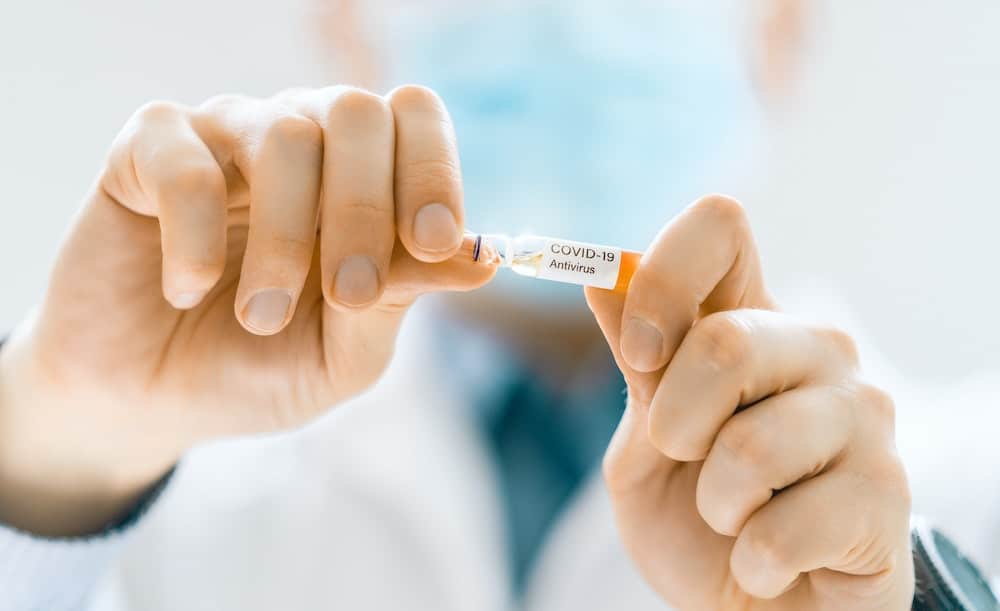Can Neuromuscular Training Reduce ACL Injury Risk in Female Basketball Players?

The risk of an Anterior Cruciate Ligament (ACL) injury is an omnipresent threat in the world of sports, particularly for female basketball players. While ACL injuries can dent athletic careers, their prevention is feasible. Among the various deterrents, neuromuscular training has emerged as a prominent technique. This article delves into the question of whether neuromuscular training can significantly reduce ACL injury risk in female basketball players. Brace yourselves for a journey through the human body, athletic performance, and injury prevention.
Understanding ACL Injuries
Before we examine the effectiveness of neuromuscular training in reducing ACL injury risk, it’s crucial to comprehend what an ACL injury entails. The ACL, located in the knee, is responsible for providing rotational stability and preventing the tibia from sliding out in front of the femur. Injury to this key ligament often results from sudden stops or changes in direction, common movements in basketball.
En parallèle : Can Biofeedback Techniques Enhance Concentration in Archers During Competitions?
Studies have shown that female athletes are 2 to 8 times more likely to suffer an ACL injury than their male counterparts. This disparity is attributed to anatomical differences, hormonal factors, and neuromuscular control. Neuromuscular control involves the ability to control the body’s position in space, a critical aspect in preventing injuries.
Neuromuscular Training: An Overview
Neuromuscular training is a specific exercise approach designed to enhance the communication between your brain and muscles. This approach aims at improving body awareness and control, promoting proper movement patterns, and increasing stability.
A voir aussi : How Effective Are Multidirectional Jumping Exercises for Soccer Midfielders?
Studies have indicated that improper neuromuscular control can contribute to the risk of an ACL injury. Consequently, the concept of targeting neuromuscular control through training to prevent ACL injuries has gained momentum in the past few years.
Neuromuscular training programs typically entail a combination of strength training, plyometrics, balance exercises, and agility training. The goal is to teach athletes how to move safely and efficiently, thereby reducing the risk of injury.
Impact of Neuromuscular Training on ACL Injury Risk
Research has shown promising results regarding the efficacy of neuromuscular training in reducing the risk of ACL injuries. A systematic review published in the Journal of Orthopaedic & Sports Physical Therapy found that neuromuscular and educational interventions could reduce the risk of ACL injuries by over 50%.
The reason for the effectiveness lies in the essence of neuromuscular training. By improving athletes’ body awareness and control, these programs teach how to land, cut, and pivot in ways that minimize stress on the knee. This training also strengthens the muscles surrounding the knee, providing additional stability and support.
Tailoring Neuromuscular Training for Female Basketball Players
When it comes to implementing neuromuscular training in a basketball setting, the program needs to be tailored specifically for the sport and the athletes. Basketball involves many high-risk movements, such as jumping, cutting, and pivoting, which are all areas that neuromuscular training can address.
For female basketball players, the training program should also consider gender-specific risk factors. This might involve addressing weaker hip and core strength, which tend to be more pronounced in women. It might also require focusing on promoting proper landing techniques, as women are more likely to land with their knees collapsed inward, a position that increases the risk of an ACL injury.
Neuromuscular Training: A Preventive Measure, Not a Panacea
While the benefits of neuromuscular training are evident, it’s important to note that this form of training is not a cure-all solution. Other preventive measures, like proper equipment, adequate rest, and a well-rounded conditioning program, should also be considered.
More research is needed to pinpoint the most effective components of neuromuscular training for preventing ACL injuries. In the meantime, it seems clear that incorporating this type of training into the regimen of female basketball players can play a significant role in lowering the risk of ACL injuries.
Remember that while neuromuscular training can significantly reduce the risk, it doesn’t completely eliminate it. The aim here is to ensure that athletes are as prepared as possible to withstand the demands of their sport. It’s about building a stronger, more resilient body that’s capable of absorbing and responding to the challenges of the game.
Neuromuscular training is not just about preventing injuries, but also about enhancing performance. By boosting the brain-muscle connection, athletes can improve their movement efficiency, reaction times, and overall athleticism. This way, neuromuscular training serves a dual purpose: it helps athletes stay healthy and at the top of their game.
Challenges and Future Directions in Neuromuscular Training
Although neuromuscular training shows significant potential in reducing ACL injuries, it’s not without its challenges. One of the key issues is adherence to training programs. These programs require commitment, discipline, and consistency from the athletes for them to be effective.
Another challenge is the availability and access to resources. Neuromuscular training requires qualified professionals to administer them. Not all sports organizations or schools have the funds or personnel to implement these programs.
Additionally, there’s a need for more research to understand better how neuromuscular training impacts various sports, age groups, and genders. While there’s substantial evidence of its effectiveness for female basketball players, the same cannot be conclusively stated for other demographics.
As for the future direction, technology could play a pivotal role. Virtual reality and wearable sensors, for instance, can provide real-time feedback on movement patterns and biomechanics, helping athletes refine their techniques. There’s also potential in genetic research, which could reveal insights into the susceptibility to ACL injuries and the best ways to prevent them.
Conclusion: Embracing Neuromuscular Training in Sports
The question posed at the beginning of this article was whether neuromuscular training could significantly reduce ACL injury risk in female basketball players. Based on the evidence presented, the answer appears to be a resounding yes.
By enhancing an athlete’s body awareness, movement efficiency, and muscle strength, neuromuscular training can indeed decrease the likelihood of ACL injuries. This finding is not only promising for the world of basketball but also for sports in general. With the high prevalence of ACL injuries among female athletes, the need for effective prevention strategies is more urgent than ever.
While neuromuscular training is not a magic bullet, it represents an important piece of the puzzle. As part of a multi-faceted approach that includes proper equipment use, fitness conditioning, and adequate rest, it can make a significant difference in injury prevention.
To fully tap into the potential of neuromuscular training, however, challenges such as adherence to training programs and resource availability must be addressed. Furthermore, embracing technology and continued research will be vital in honing the effectiveness of this training approach.
Ultimately, the goal should be to create a sporting environment where athletes can perform at their best without the constant fear of injuries. By integrating neuromuscular training into their regimes, female basketball players, and indeed all athletes, can make strides toward this vision.
